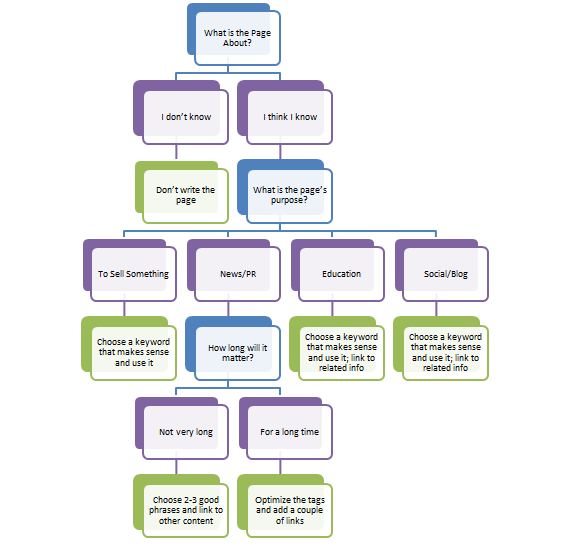
Sometimes, the determining factor in whether your work for a client will have a happy ending or not is simply how strong your relationship is with that client. By effectively communicating, making sure you understand their goals and using the right language, you give yourself the best chance to succeed.
Purma Virji has, what she calls, “5 amazing tactics” to build that strong client-consultant relationship. Check out her in-depth look at Search Enging Watch.
1. Learn from each other
In order to successfully fulfill the client’s needs, you need to be on the same page. Understand what they want out of the project. When you pitch ideas to them, back them up with reasoning and a cause-and-effect approach. Set realistic timelines that you both can live with. Be sure that they understand your language. Educate them so they know what’s possible and how valuable your work is.
2. Lines of communication open, not flooded
Your client wants to feel that their voice is being heard and they want to have access to you. However, allowing anyone involved in the process to contact you at all times will be too time consuming. Instead, set a communication schedule and stick to it.
Set a weekly meeting time where everyone involved has a chance to voice concerns and you have an opportunity go over timelines, new ideas and progress.
You should also send out regular updates to keep your client involved. Ideally, these short reports will answer any questions they might have before they come to you with them.
3. Be prepared when asking for buy-in
Do your homework and have metrics ready when asking for an increase in budget. You should know exactly how much time and funding will be needed for a specific project. Then, be sure to articulate why it will be worth it.
4. Prioritize
When first starting out on a project, your to-do list will probably seem pretty daunting. You want to knock out as much as possible and show your client that you are making quick, effective progress.
To do so, tackle the tasks that are short and simple but could yield big results first. Anything that involves a simple adjustment without weeks of testing should be at the top of the list.
5. Be honest and upfront about bad news
Mistakes will happen. Goals will be missed. You will not meet every expectation. If you handle bad news correctly, however, you can and will overcome it.
Send out a detailed email as soon as the problem is discovered. Set up a meeting if warranted.
When discussing it with your client, summarize the problem while including how much it is costing. Talk about what you’ve done to fix it, what is needed and when you expect to overcome it. Also, try to find the good that has come out of it. Maybe you’ve avoided potential lost time or discovered a new method of doing things or just gained some valuable knowledge.



![[INFOGRAPHIC] Quality Score](https://www.tulsamarketingonline.com/wp-content/uploads/2012/10/rsz_dna-continued-conversations-business2-full.jpg)



